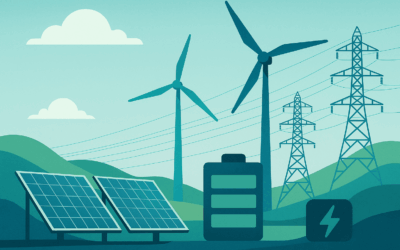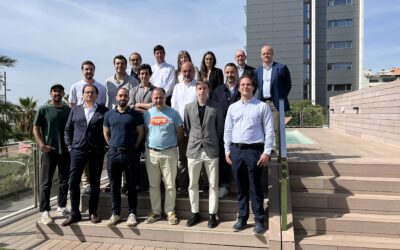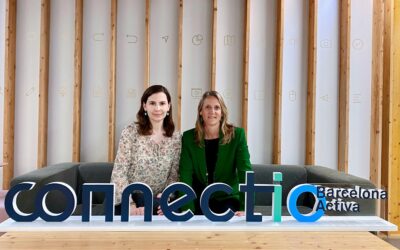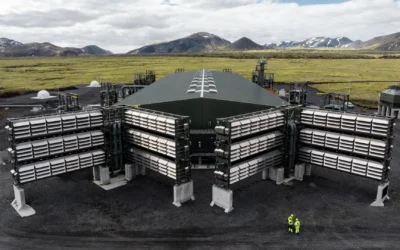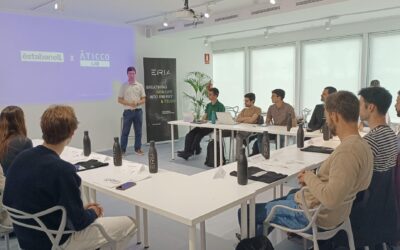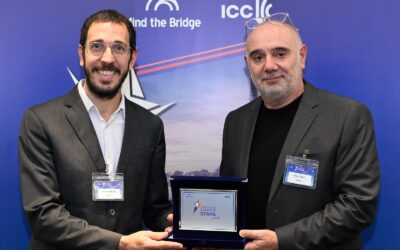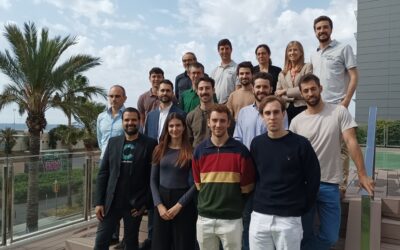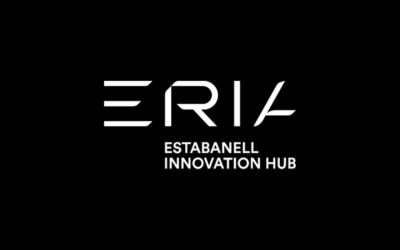How would you define, in a few words, the mission of Energy in the Cloud and what impact do you seek to generate in the energy sector?
Energy in the Cloud was born from the awareness that rural electricity networks, due to their layout and structure, are more vulnerable than urban ones. We want to avoid this energy division and guarantee the same quality of service everywhere. To achieve this, we combine batteries and power electronics to create virtual links between points in the network, equalizing the resilience between urban and rural environments.
How did Energy in the Cloud come about and what need did you detect?
Between 2014 and 2017 we developed the first prototype. Our focus was not only to digitize the network, but to provide it with the capacity to interact based on the information obtained. This led us to found Energy in the Cloud as a company to validate the technology in real environments.
With the arrival of Covid and the energy crisis, we began to validate hypotheses and build two strategic lines: one for electricity distributors and another for the industrial and commercial sector. With renewables, demand must adapt to variable generation, and this generates oscillations that we want to mitigate by guaranteeing service quality.
What are the current Energy in the Cloud products and why are they relevant?
Our key product is the IDPR, which has evolved into a more advanced version called VoVo. We have also developed Noka, a passive filter that improves communication between smart meters and distributors, reducing noise that interferes with data transmission.
We are currently finalizing the validation and prototyping of these technologies to move to certification. When we detect a need in the customer, we install equipment to demonstrate the real value and, if it fits, we start the certification process. The IDPR wants to be certified this year and the VoVo, next year.
What has been Estabanell’s involvement and what does being a spin-off of a consolidated company entail?
Estabanell has given us space to think differently about the entire energy value chain. One of the main challenges has been to make a traditional model coexist with a more innovative and dynamic one. Energy in the Cloud’s proposals must complement the main business by providing added value, without conflicting with its current activity. This coexistence has allowed us to bring new visions within the group.
What have been the main technological and strategic challenges?
Estabanell has given us space to think differently about the entire energy value chain. One of the main challenges has been to make a traditional model coexist with a more innovative and dynamic one. Energy in the Cloud’s proposals must complement the main business by providing added value, without conflicting with its current activity. This coexistence has allowed us to bring new visions within the group.
What have been the main technological and strategic challenges?
One of the biggest challenges has been the availability of semiconductors and compliance with regulations to certify the technology. Early tests often don’t work as expected and adjustments need to be made continuously. This entire process, with its difficulties, is part of the path to innovation and product improvement.
What role has ERIA played in the evolution of Energy in the Cloud?
Where is the startup now and what are the next steps?
This year we want to consolidate the technology and configure the human team. We are targeting the Spanish and European market, especially the industrial sector with specific powers. We also want distributors to recognize our assets so that they are remunerated by regulation. We have already begun to establish relationships in Germany, Denmark, Poland, Italy and Turkey, based on our local experience with Estabanell as a living lab.
How do you see the future of distributed and digitalized energy in Catalonia and Europe?
The future is very positive. The challenge is not so much the technology, but the change in mentality that it implies. In the same way that mobile telephony transformed the way we communicate, energy digitalization will transform how we understand the electricity grid. It is no longer just about obtaining data, but about interacting with the grid in a dynamic and intelligent way.
And from the end user’s point of view?
For the end user, this will mean greater stability in the electrical characteristics of their home or business. The transition to more distributed energy, with more electrical demand and vehicles connected to the grid, must be easy to integrate. Our technology must facilitate this process and ensure a reliable network that allows you to do new things, beyond paying a bill.




